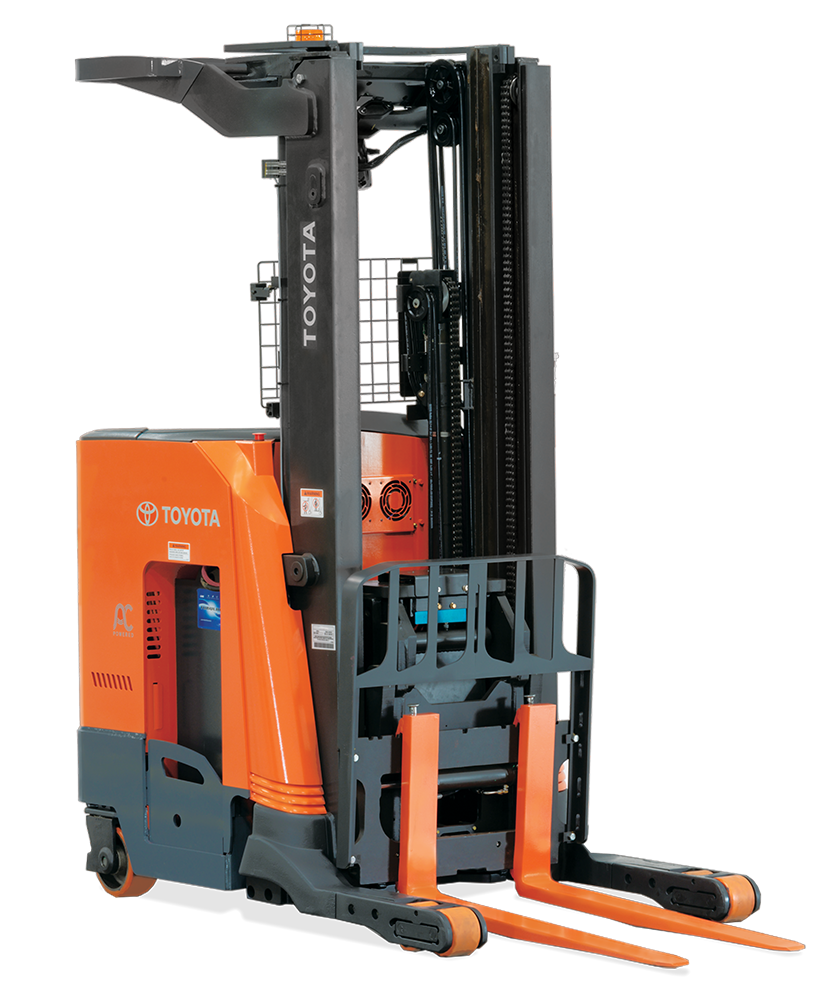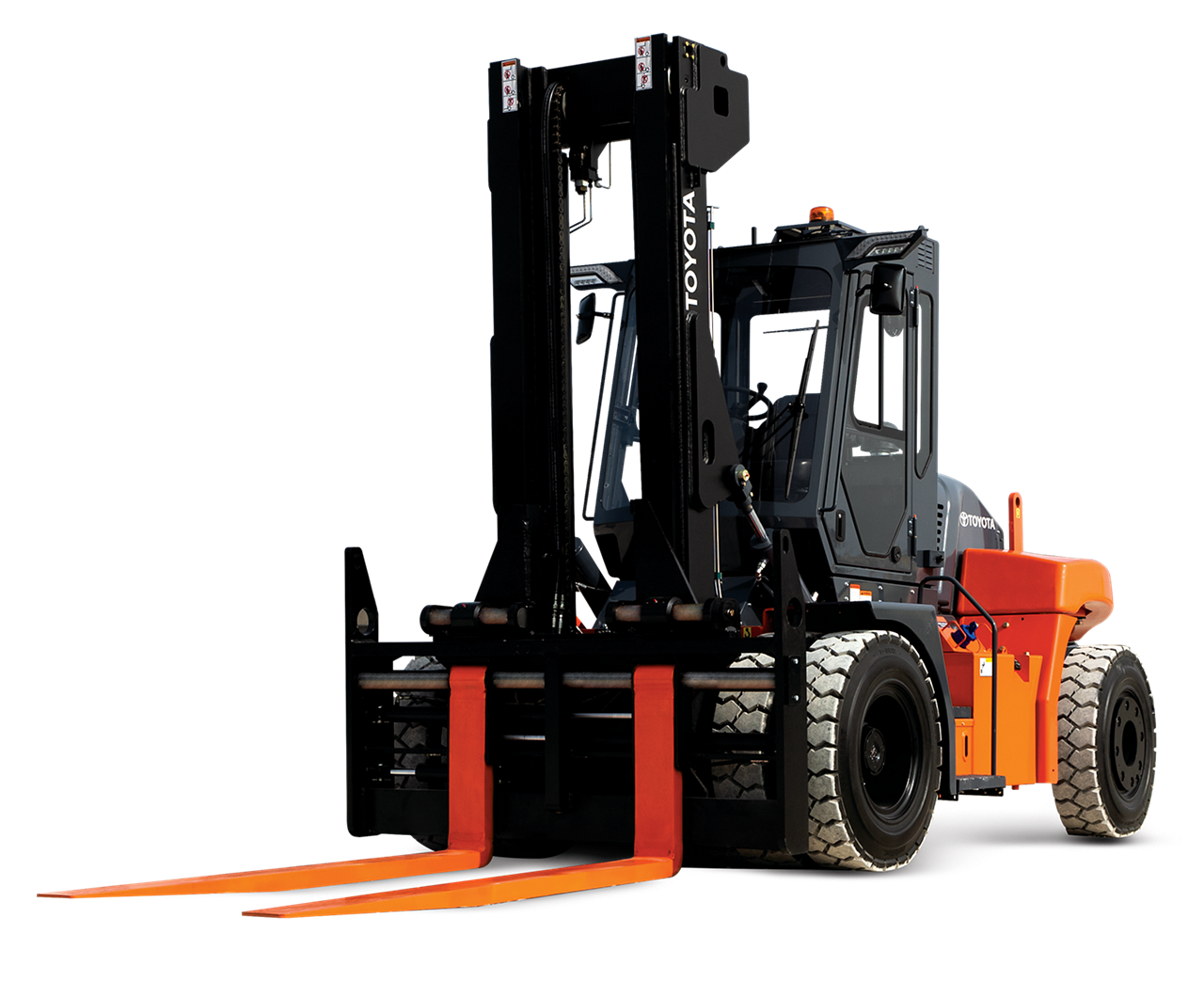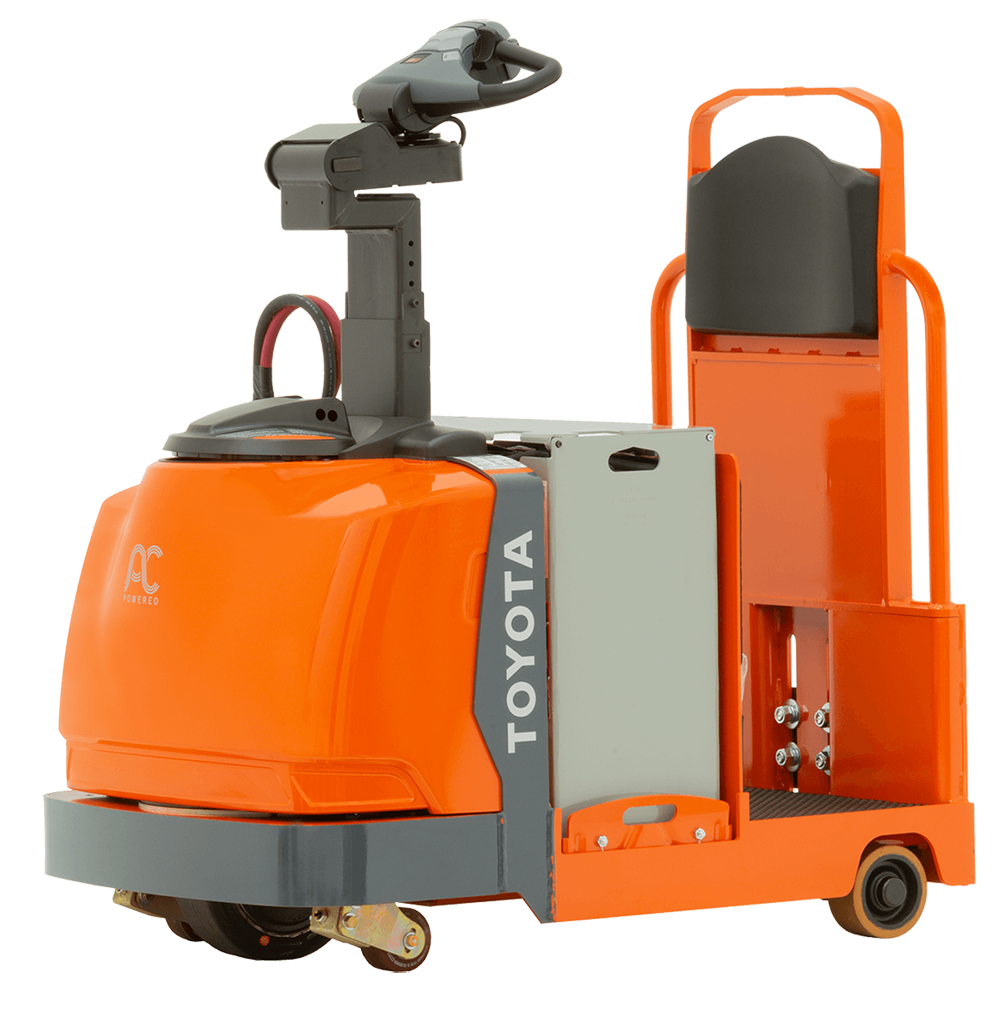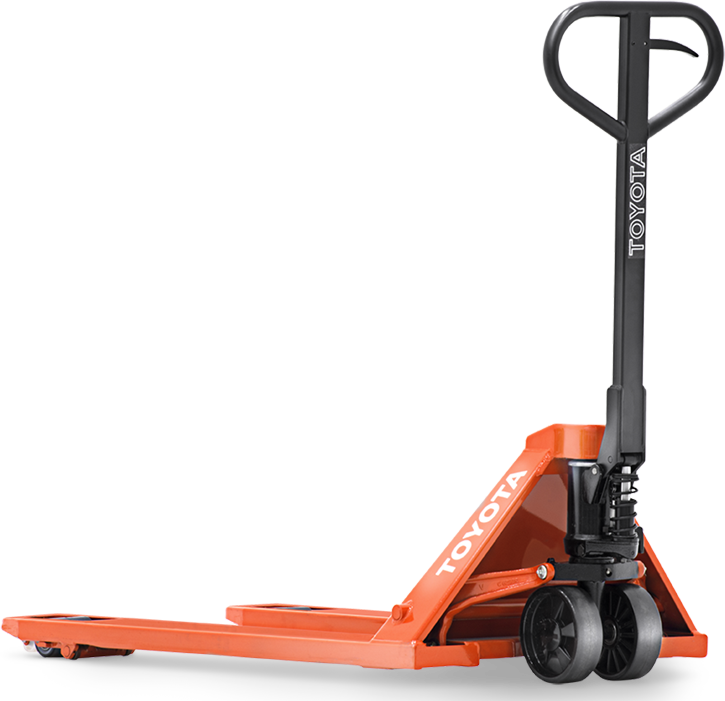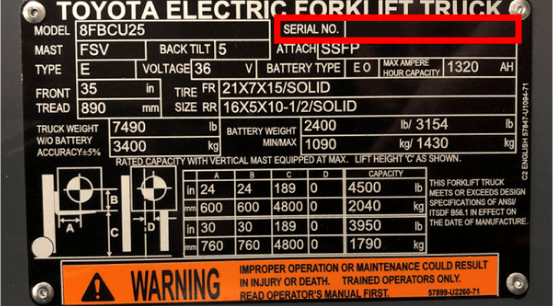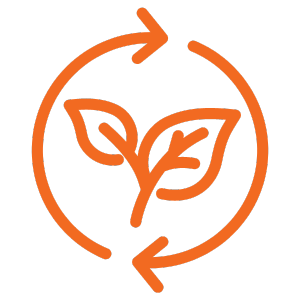Please click below to sign in to your MyToyota account
Forklift Parts 101: Common Parts & Terms

Forklift Parts 101: Most Common Forklift Parts And Terms
Locating the common parts of a forklift is vital to make certain that your operators are reliably using equipment as intended in a safe manner. The following list of forklift terminology will help to ensure all associates are prepared to use the equipment effectively and identify the forklift parts that require the attention of a maintenance technician.

Forklift Part Terminology
Cab:
The cab is the central part of the forklift. The cab contains the steering wheel, brake and gas pedals, mast controls, and gauges. It is also where the safety devices are located for the forklift.
Carriage:
Mast:
The mast is the part of the forklift that lifts and lowers the load. Different types of masts lift the load to different heights.
Load Backrest:
The load backrest is designed to keep the load from falling toward the driver. The load rests against a flat surface and allows for safe loading and unloading.
Forks:
The forks are long extensions (like arms) that are attached to the carriage. They are used to support the load from the bottom. They come in a variety of widths and adjust from right to left on the carriage.
Overhead Guard:
The overhead guard is the frame around the cab of the forklift. It prevents large objects from falling onto the driver. Since the overhead guard is a grate design, it does not prevent smaller objects from falling from elevated heights. A sheet of steel or heavy-duty clear plastic can be attached to the overhead guard as an added layer of protection.
Tires:
The steer tires of a forklift are located in the back. They allow for maneuverability around corners and are used for moving objects while driving in reverse. The drive tires are in the front and remain in a fixed position. They do not turn on a radius as the steer wheels do.
Counterweight:
The counterweight is located at the back of the forklift and is installed by the manufacturer. It prevents the forklift from tilting forward when it is loaded.
Power Supply:
Forklifts are available in four different power supply types; gas, diesel, propane, and electric (battery). The battery is located under the seat and the propane tank is located at the back of the forklift over the counterweight. Gas and diesel forklifts have a fuel tank located under the back of the unit.
Tilt Cylinder:
The amount of forward and backward tilt of the mast, forks, and carriage is controlled by the tilt cylinder.
Hydraulic Lift Cylinder:
The amount of vertical lift (raised or lowered) of the mast, forks, and carriage is controlled by the hydraulic lift cylinder.
SAS:
Toyota’s System of Active Stability is the world’s first active safety system for forklifts. It provides optimum speed, safety, and comfort for the driver.
Keeping Your Forklift Operational
Buying a forklift is a major purchase for any organization. Planned maintenance service plans help keep your forklift working properly. Material handling specialists have rated Toyota parts the highest in terms of quality, reliability, durability, and the best value for the money since 2002.
All Toyota forklifts are manufactured with Toyota Genuine Parts and Accessories. To keep your forklift working properly, any replacement parts should also be Toyota Genuine Parts and should be purchased from an authorized Toyota dealer, or from the Toyota Forklift Shop.
For pricing, parts & more, click here to find a dealer near you.




